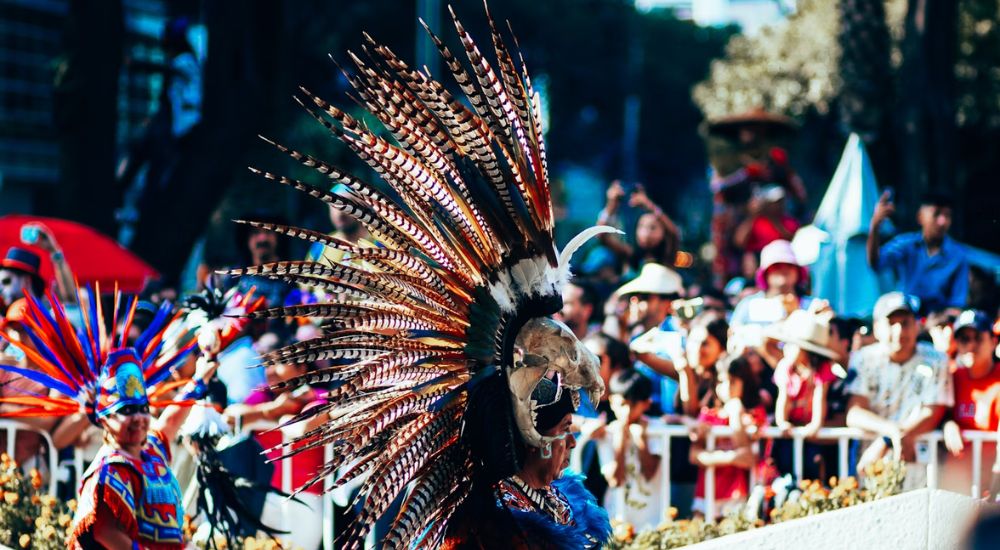The Arizona Indian Festival is more than just an event it’s a cultural experience that immerses visitors in the diverse traditions, artistry, and heritage of Arizona’s Indigenous communities. Held annually in Scottsdale, Arizona, this family-friendly festival is a unique opportunity to connect with Native American culture through traditional dances, music, storytelling, crafts, and regional cuisine.
Whether you’re a first-time visitor or a seasoned traveler looking to explore Arizona’s Indigenous roots, the festival promises an unforgettable journey into the heart of Native American life and legacy.
What Is the Arizona Indian Festival?
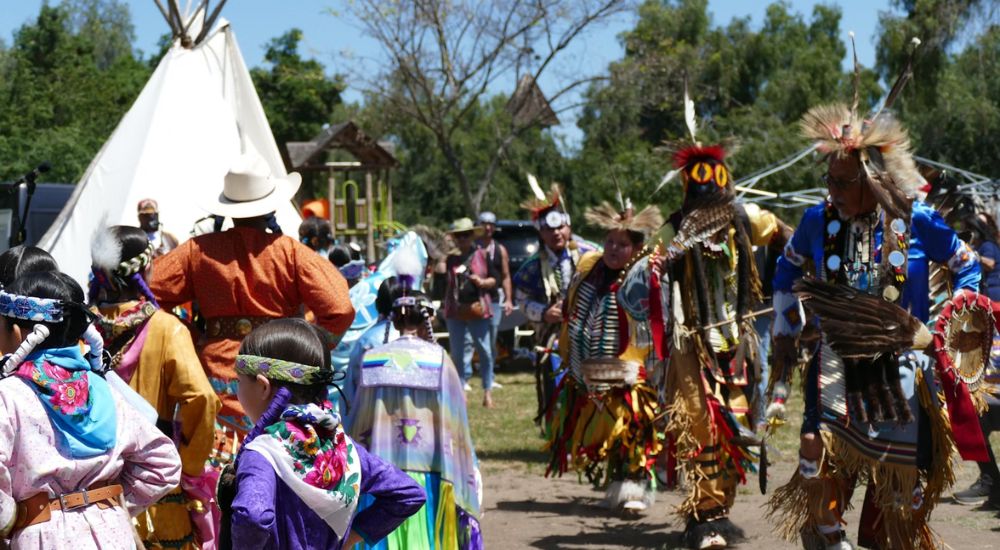
The Arizona Indian Festival is an annual event that brings together tribal communities from across the state to share their history, traditions, and talents. Held during early February in conjunction with the Scottsdale Western Week, this event provides a platform for Arizona’s 22 federally recognized tribes to showcase their distinct cultures in one space.
Visitors can expect:

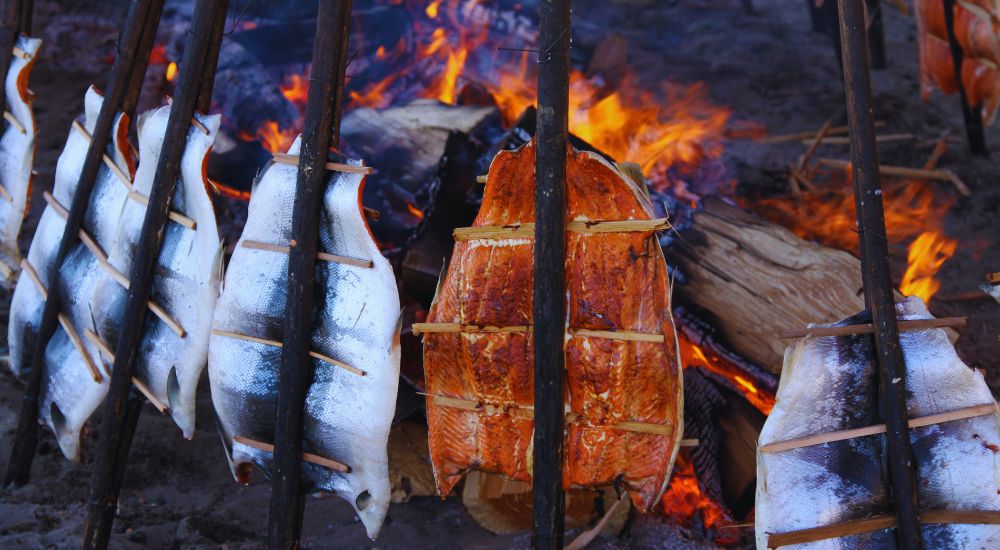
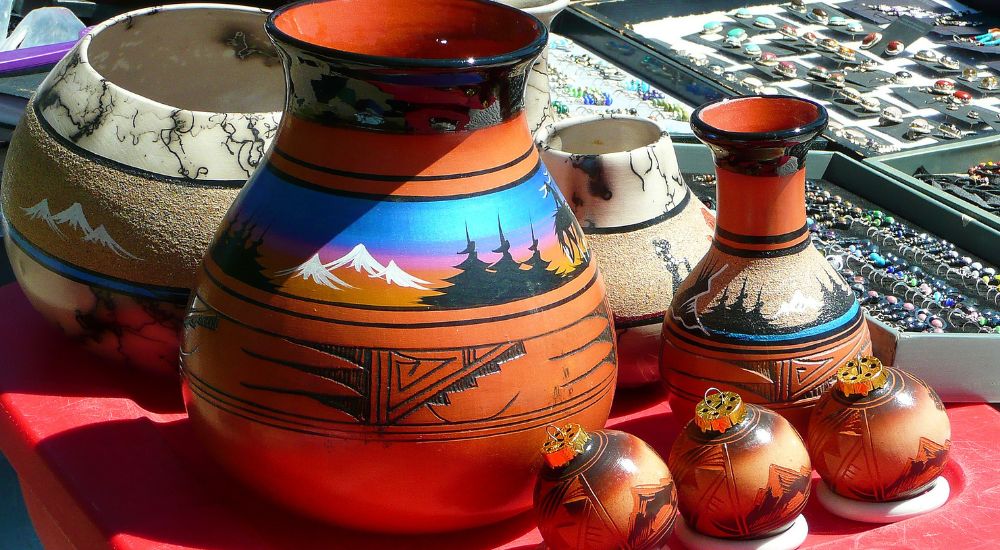
- Traditional song and dance performances
- Authentic Native American food
- Artisan booths with handcrafted jewelry, textiles, and pottery
- Cultural demonstrations and interactive storytelling
- Educational displays and tribal history exhibits
It’s a vibrant blend of heritage and celebration that fosters respect and awareness about Arizona’s Indigenous cultures.
Why You Should Attend

The festival is more than just a visual feast it’s a way to engage meaningfully with Native American communities. Here’s why you shouldn’t miss it:
Cultural Immersion
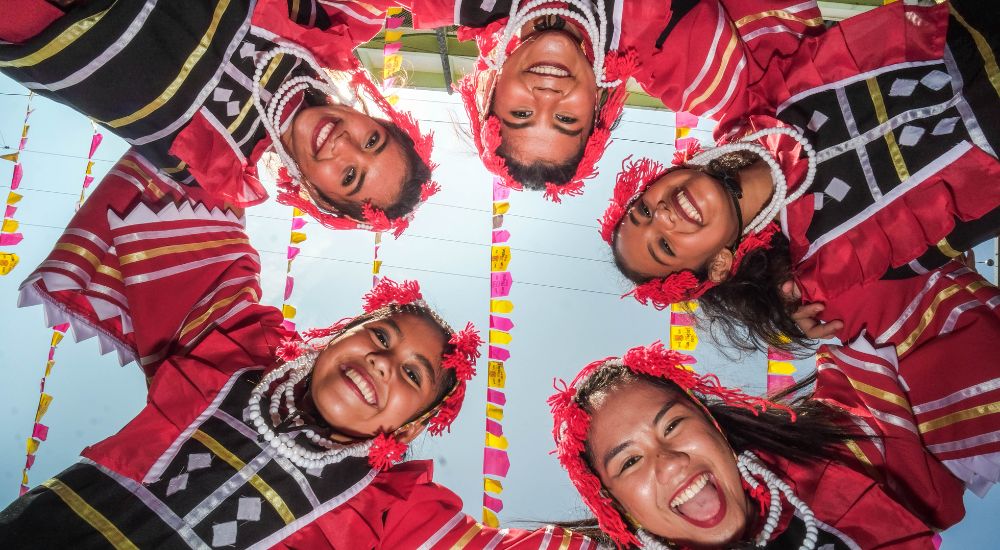
The Arizona Indian Festival offers a rare glimpse into tribal life beyond what’s found in books and museums. From the rhythmic beat of ceremonial drums to the vibrant colors of tribal regalia, every aspect of the festival is an immersive experience.
Educational Opportunities

Children and adults alike can learn about tribal sovereignty, language preservation, and environmental stewardship through interactive booths and workshops.
Support Native Artisans
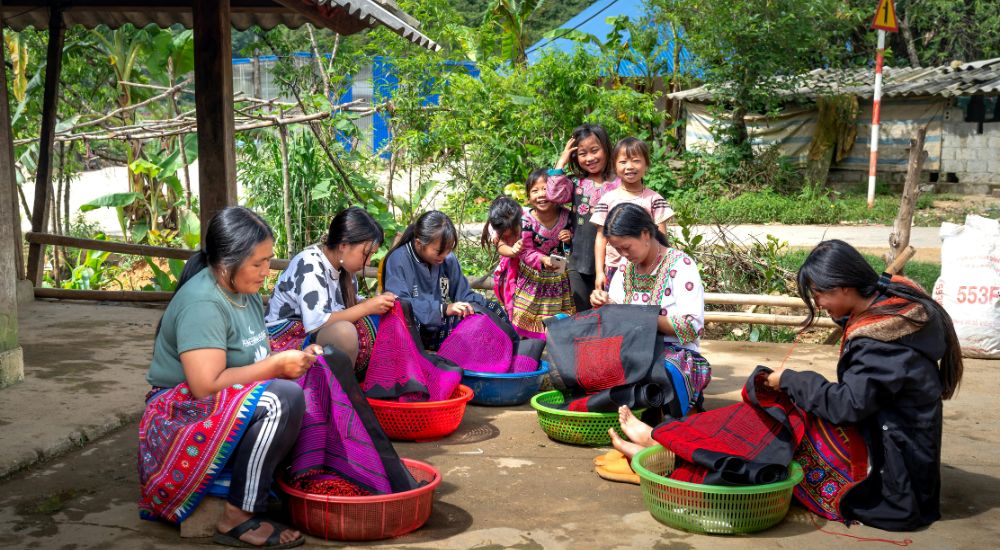
By purchasing directly from tribal members, you’re supporting Indigenous economies and helping to preserve ancient crafts passed down through generations.
You can learn more about the participating tribes through resources provided by the Arizona Indian Tourism division, which works to promote cultural tourism across the state.
Tips for Attending the Festival

To make the most of your visit to the Arizona Indian Festival, keep these tips in mind:
Plan Ahead

The event is free to attend, but it gets busy. Arrive early to secure a good spot for performances and to explore the artisan booths before the crowds roll in.
Bring Cash

While many vendors accept cards, cash is preferred and helps transactions go more smoothly especially with independent Native artisans.
Dress Comfortably

This is an outdoor event in Scottsdale Civic Center Park, so wear comfortable shoes, a hat, and sunscreen. Arizona weather in February is mild, but layers are always a good idea.
Be Respectful

Remember, you are a guest in a sacred space. Always ask before taking photos of performers or sacred items, and approach conversations with curiosity and respect.
Arizona Indian Festival and Tribal Tourism
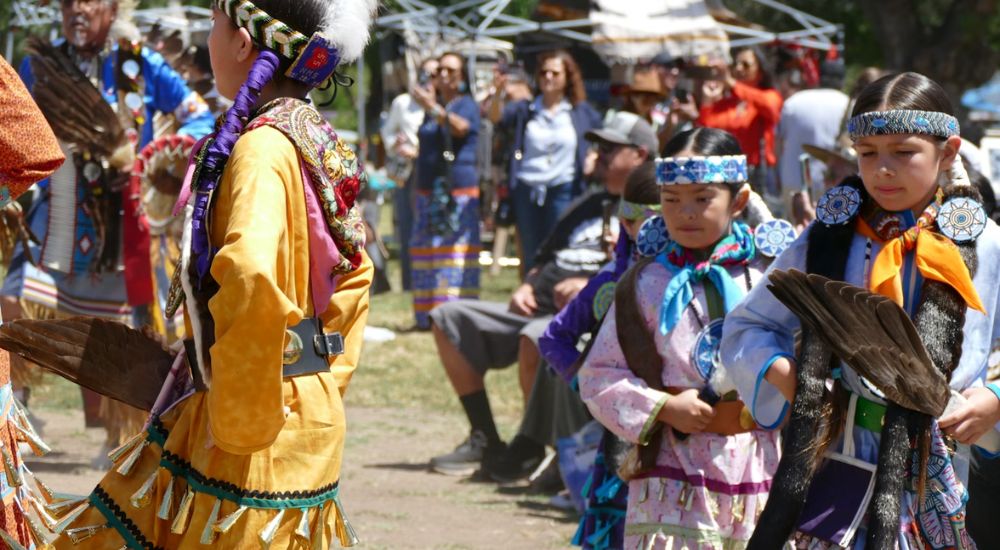
One of the key missions of the Arizona Indian Festival is to promote tribal tourism in Arizona. Each participating tribe offers distinct experiences from guided hikes and historic tours to museum visits and traditional cuisine.
Examples of tribal tourism offerings include:


- Tohono O’odham Nation’s Himdag Ki: Cultural Center
- Hopi Cultural Center on Second Mesa
- Navajo-guided tours in Monument Valley
Exploring these places helps keep tribal traditions alive and provides sustainable income to Native communities.
Connection to Arizona’s Heritage

Arizona is home to one of the most diverse Native populations in the U.S., with over 300,000 tribal members representing more than 20 different nations. Events like the Arizona Indian Festival help bridge gaps between communities and promote dialogue, inclusion, and cultural pride.
The festival also encourages collaboration with tourism partners, educators, and local leaders to ensure accurate representation and cultural sensitivity.
If you’re interested in other important Indigenous sites in Arizona, be sure to explore the Casa Grande Ruins National Monument an ancient Hohokam site that speaks volumes about early Native engineering and community planning.
Cultural Highlights at the Festival
Dance Arena
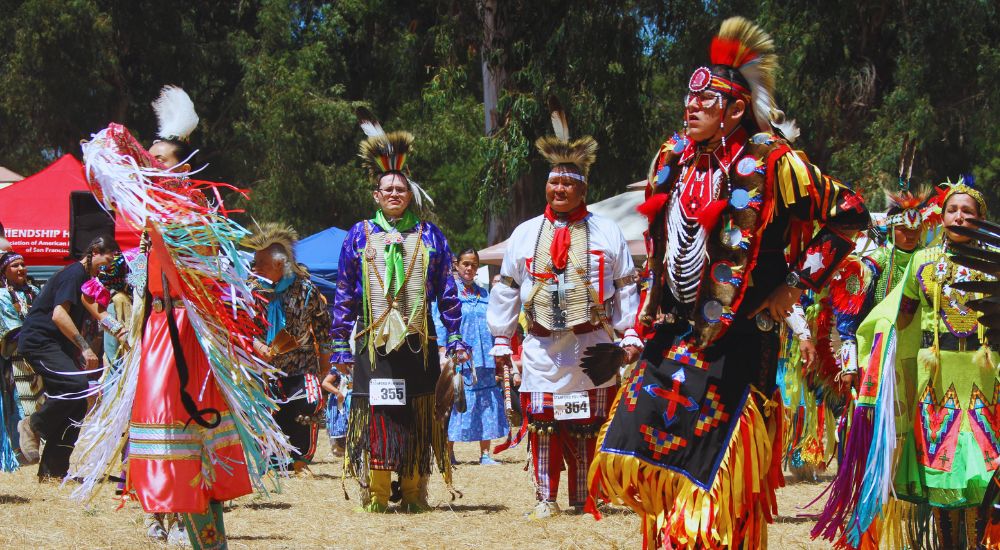
Watch various tribal dances, including the Gourd Dance, Fancy Shawl Dance, and Hoop Dance, each with deep-rooted spiritual meanings and tribal affiliations.
Artisan Village
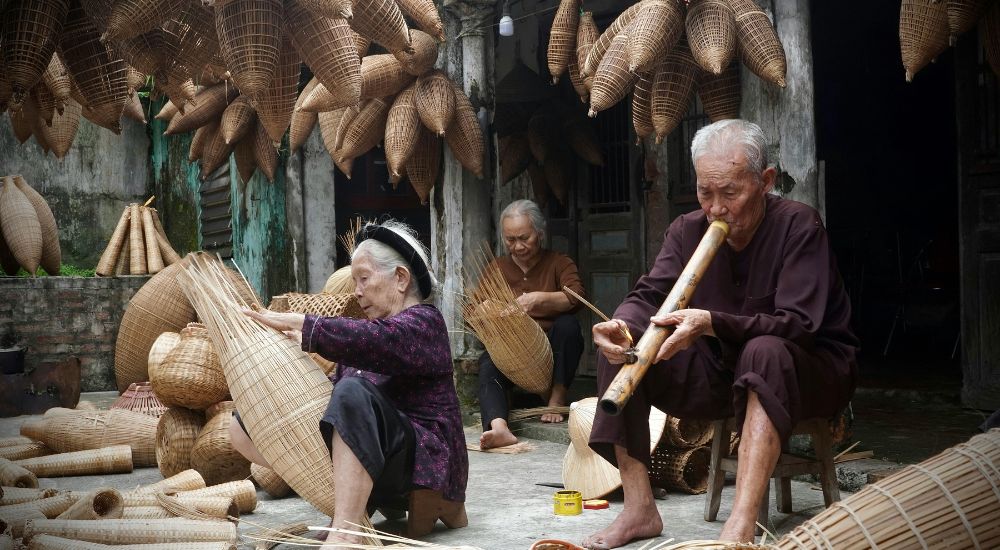
Browse unique handmade crafts, including Kachina dolls, turquoise jewelry, woven baskets, and beaded regalia made by Indigenous artists.
Culinary Delights

Don’t leave without trying frybread, posole, or blue corn mush classic Native dishes offered at the food stands.
How the Festival Impacts the Future

The Arizona Indian Festival plays a critical role in passing down traditions to younger generations. Through youth performances, storytelling circles, and language workshops, tribal youth are empowered to take pride in their heritage and act as future cultural stewards.
By participating in the festival, visitors become part of this shared legacy of preservation, celebration, and education.
To extend your exploration of Arizona’s cultural heritage, check out our blog on the Havasupai Tribe and Havasu Falls another mesmerizing destination tied to Native history.
Conclusion
The Arizona Indian Festival is a celebration not just of culture, but of community, identity, and resilience. It invites people of all backgrounds to come together in learning, appreciation, and mutual respect.
Whether you’re a traveler, educator, history enthusiast, or simply curious, this annual event offers something powerful and memorable. Attend the Arizona Indian Festival and be part of honoring the past, embracing the present, and preserving the future of Native American culture.

